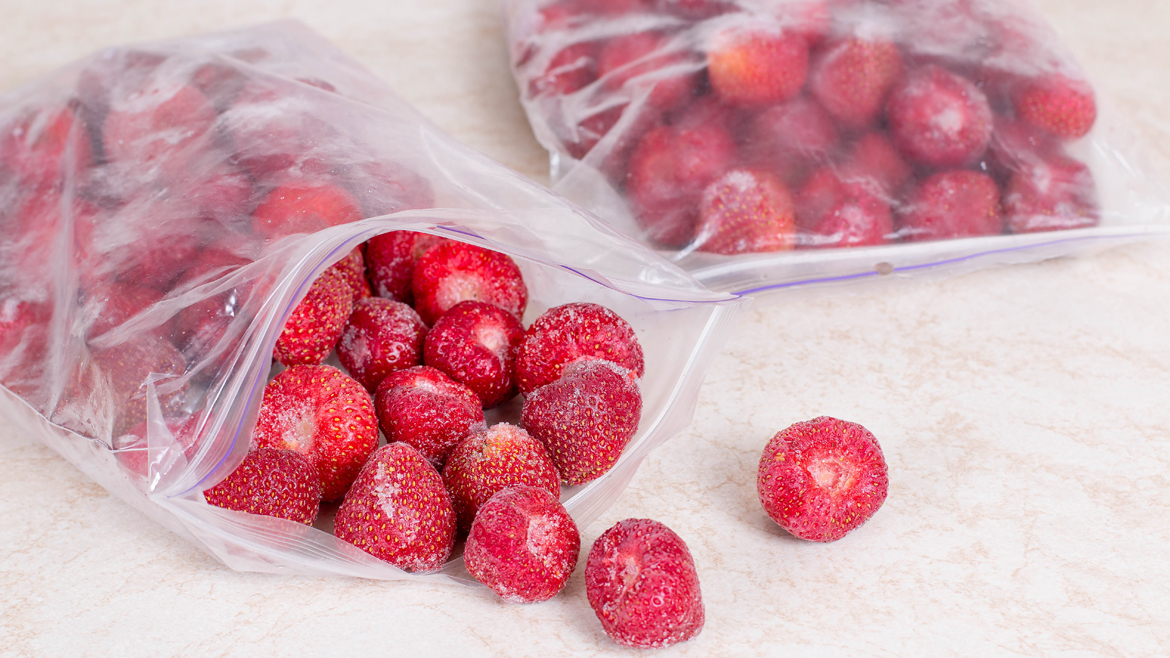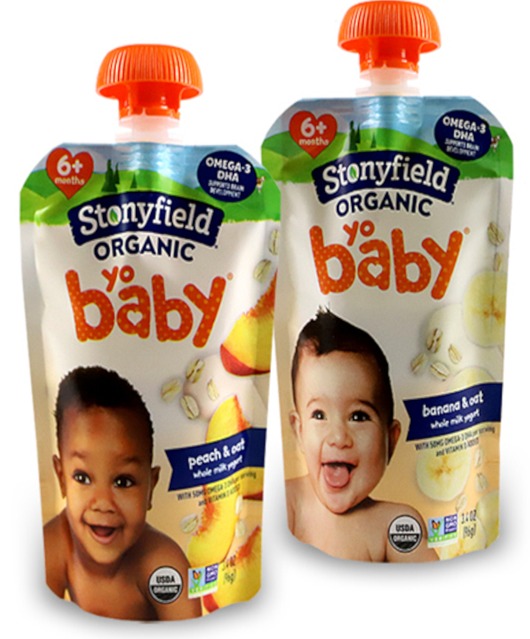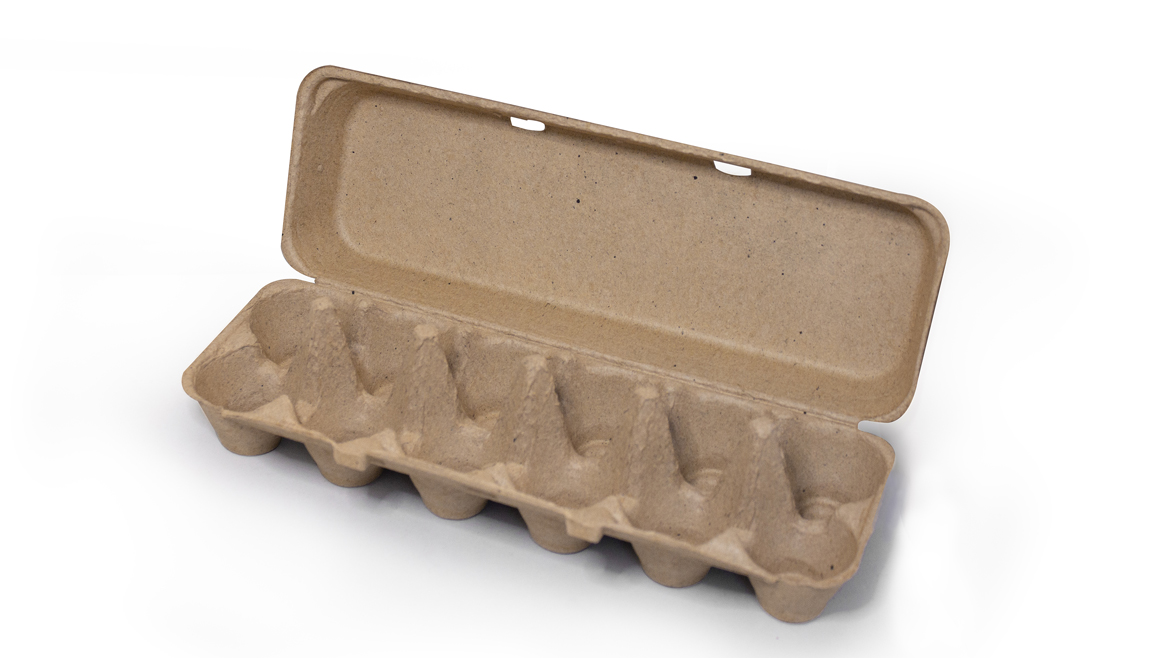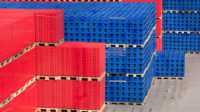For engineers and designers, striving for sustainability in food packaging is an ever-evolving quest.
“Depending on a customer’s goals, we may recommend solutions comprised primarily of paper, plastics, rubber or molded fiber – recognizing that each substrate has its place in the industry. I expect the industry to continue this practical approach to environmental responsibility, one that honestly lays out advantages and disadvantages of various materials, and aligns these facts with their marketing efforts,” said Rodolfo Haenni, vice president of sales and marketing at TekniPlex Consumer Products, which specializes in materials science solutions for the F&B and CPG industries.
TekniPlex this year plans to open a new fiber manufacturing facility in Van Wert, Ohio, to help increase capacity for its dried-in-mold cartons, a proprietary fiber egg carton that is strong and more moisture-resistant.
While fiber egg cartons were more sustainable than foam and plastic counterparts, their strength and moisture challenges limited adoption in certain territories, like humid regions, and specific packaging formats. The “dried-in-mold” process compresses the fiber, creating a denser and stronger carton that stays dry and is easier to de-nest.
“We’ve performed extensive internal and third-party testing comparing our high-performance fiber technology egg cartons against standard molded fiber alternatives, and the results were quite promising. Such tests have included top-load compression to check the amount of weight the cartons would support without compromising the eggs’ integrity; vibration tests to simulate how cartons are being transported throughout the supply chain; and point-of-purchase simulations that mimic how consumers handle cartons both in stores and at home. In each case, our high-performance cartons have significantly outperformed all other alternatives currently available in the United States,” Haenni said. “These tests simulate real-life situations and provide valuable insight into potential losses due to egg breakage. To really push the limits, we have run these tests at humidity levels of 50% and even 85%, and the results were significantly better for our dried-in-mold fiber egg cartons than for conventional fiber solutions.”


The packaging is available in other formats, including microwaveable/ovenable packaging or containers for refrigerated and frozen foods, in some cases without additives or coatings that hinder recyclability or compostability, he said.Although the Recycling Partnership’s 2020 State of Curbside Recycling report found only about half of the U.S. population has access to automatic curbside recycling, changes in packaging are largely driven by consumer demand and legislative pressure, including initiatives like EPR or extended producer responsibility, a policy approach where manufacturers take responsibility for the full lifecycle of their products and packaging.
“You’re now beginning to see source reduction in states like California and Washington are requiring packaging providers and foodservice operators to reduce the amount of overall amount of single-use items that they are bringing to market. For example, instead of a bulk cutlery kit, just providing individual cutlery,” said Savannah Seydel, vice president of Sustainability at Better Earth, a packaging company focused on the “make, take, waste” model of foodservice packaging.
Because food waste is a contaminant, containers are often not recyclable even if the consumer has access to those services. With options including containers and lids made from bamboo, sugarcane and bio-based resins, the products meet American Society for Testing and Materials (ASTM) standards for compostability.
“For us that looks likes 100% plant-based packaging that’s designed to break down in a commercial composting setting,” Seydel said. “The beauty of the composting system is rather that being a contaminant in your packaging, that food waste in your packaging is nitrogen gold for your composter.”
Materials companies are leaning into regenerative methods like seaweed and kelp grown domestically or mycelium and hemp, all of which can help sequester carbon through the production process.
“At the end of the day that consumer is still choosing a plant based alt to what is typically a petroleum-based single-use plastic. The front-of-life benefits are important as well and often not part of the conversation,” Seydel said. “That’s where using life cycle analysis comes into play to really understand the environmental profile of various options. We lean into and use LCA to pick the most sustainable sub straits for our packaging.”
Selecting the right packaging for foods is always a balancing act.

“Working with open collaboration between cross-channel partners, customers and suppliers is one of the key ways to overcome challenges and pave the way to success,” said Laura Stevenson, market manager for Amcor Flexibles North America, which recently collaborated with Cheer Pack North America on the first all-polyethylene (PE) spouted pouch for Stonyfield Organic’s YoBaby refrigerated yogurt line.
The innovative pouch replaces Stonyfield’s prior multi-laminate structure, using Amcor’s AmPrima Plus, an all-PE film designed to meet the Association of Plastic Recyclers (APR) Design Guide for recyclability, and Cheer Pack’s Vizi cap. The package removes the metallized or foil-based film layers commonly found in standard pouch structures, while still providing superior heat resistance to allow for spout insertion.
“AmPrima Plus is the result of many years of research into how to remove the OPET or other outer layers, which currently render mixed-material films unrecyclable, and replace it with a film structure that is compatible with the flexible PE recycling stream,” Stevenson said. “OPET and PE films’ inherent characteristics differ; the challenge was to ensure that we delivered on critical features and capabilities. For example, ensuring production line speeds are maintained and proper hermetic sealing of pouches and fitments are achieved. Producing high quality graphics and print finishes are also key to our customers’ brand identity.”
Stevenson said Amcor invests about $100 million annually into research and development but recognizes no single entity can change “the full potential of our more sustainable innovations can only be realized through joint or aggregate efforts in effective packaging collection, improved recycling infrastructure and consumer participation to return used packaging to the recycling stream.”
“Industry collaborations will continue to be of great importance to ensure package end of life scenarios support capability of the package design,” she said. “The front and back end need to meet.”




